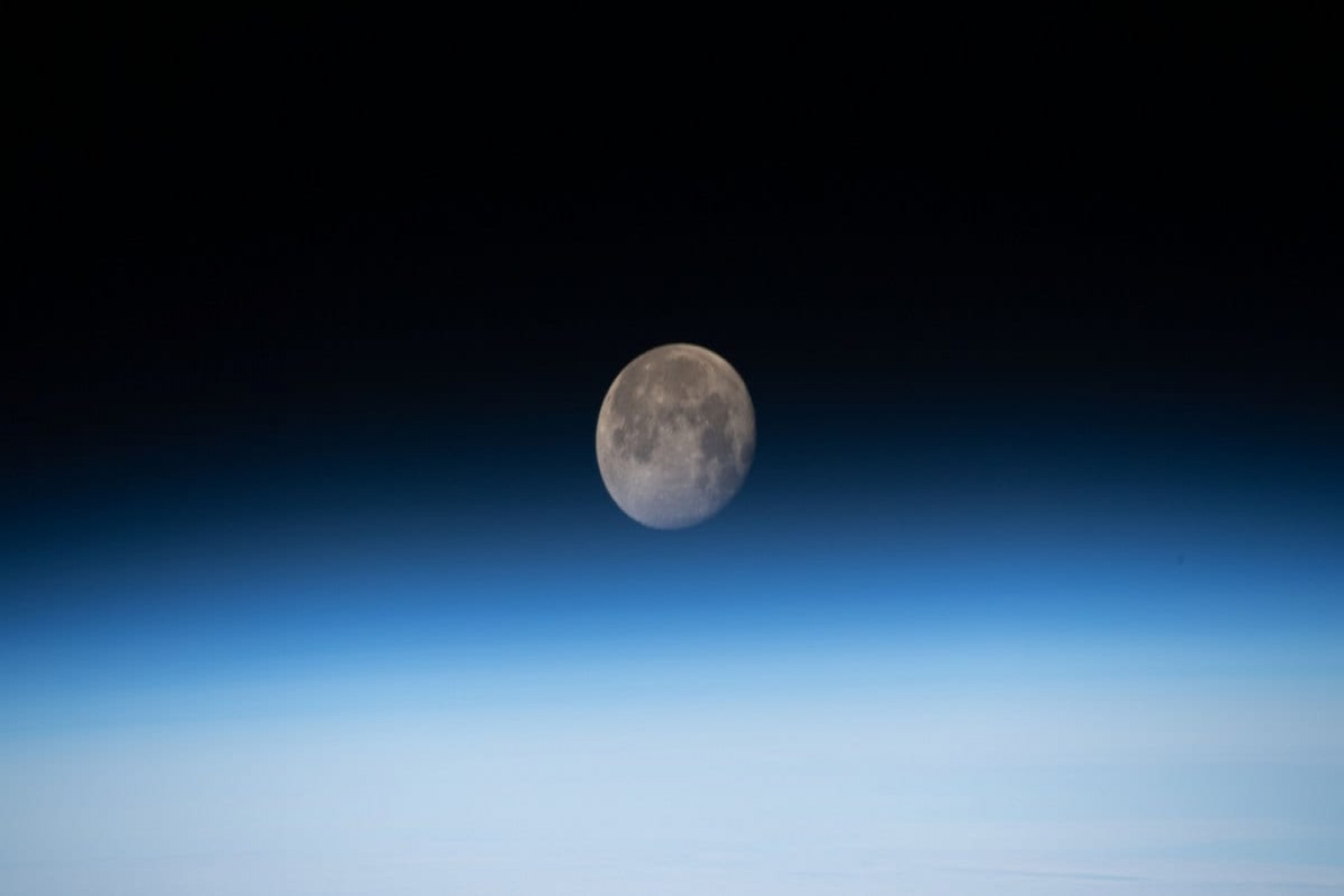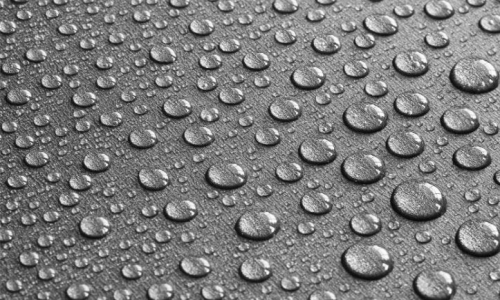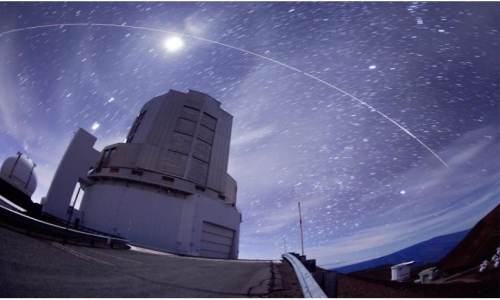


 2:34:10
2:34:10  2019-06-18
2019-06-18  1076
1076

A team of astrophysicists, including one of Indian origin, has found that the Moon, where NASA will be sending astronauts by 2024, contains clues to the ancient mysteries of the Sun, which are crucial to understanding the development of life.
Our natural satellite took shape when a Mars-sized object smashed into Earth about 4.5 billion years ago.
The force of this crash sent materials spewing into orbit, where they coalesced into the Moon.
"The Earth and Moon would have formed with similar materials, so the question is, why was the Moon depleted in these elements?" asked Rosemary Killen, a planetary scientist at NASA's Goddard Space Flight Centre in Greenbelt, Maryland.
The scientists suspected that one big question informed the other - that the history of the Sun is buried in the Moon's crust.
"We didn't know what the Sun looked like in its first billion years, and it's super important because it likely changed how Venus' atmosphere evolved and how quickly it lost water. It also probably changed how quickly Mars lost its atmosphere, and it changed the atmospheric chemistry of Earth," explained Prabal Saxena, an astrophysicist at NASA's Goddard.
Saxena stumbled into investigating the early Sun's rotation mystery while contemplating a seemingly unrelated one: When the Moon and Earth are made of largely the same stuff, is there significantly less sodium and potassium in lunar regolith, or Moon soil, than in Earth soil?
This question, too, revealed through analyses of Apollo-era Moon samples and lunar meteorites found on Earth, has puzzled scientists for decades.
Saxena incorporated the mathematical relationship between a star's rotation rate and its flare activity.
"As you learn about other stars and planets, especially stars like our Sun, you start to get a bigger picture of how the Sun evolved over time," Saxena said.
The team's computer simulations, described in The Astrophysical Journal Letters, show that the early Sun rotated slower than 50 per cent of baby stars.
According to their estimates, within its first billion years, the Sun took at least nine to 10 days to complete one rotation.
"Space weather was probably one of the major influences for how all the planets of the solar system evolved," Saxena said, adding "so any study of habitability of planets needs to consider it".
To learn about the early Sun, one needs to look no further than the Moon, one of the most well-preserved artefacts from the young solar system.
"The reason the Moon ends up being a really useful calibrator and window into the past is that it has no annoying atmosphere and no plate tectonics resurfacing the crust," Saxena noted.
If astronauts can get samples of lunar soil from the Moon's southernmost region, it could offer more physical evidence of the baby Sun's rotation rate, said the scientists.
Reality Of Islam |
|

For years,

New scienti

This is the

A computer
 9:3:43
9:3:43
 2018-11-05
2018-11-05
10 benefits of Marriage in Islam
 7:5:22
7:5:22
 2019-04-08
2019-04-08
benefits of reciting surat yunus, hud &
 9:45:7
9:45:7
 2018-12-24
2018-12-24
advantages & disadvantages of divorce
 11:35:12
11:35:12
 2018-06-10
2018-06-10
 6:0:51
6:0:51
 2018-10-16
2018-10-16
 4:25:57
4:25:57
 2023-02-11
2023-02-11
 2:42:26
2:42:26
 2023-02-02
2023-02-02
 2:33:4
2:33:4
 2023-02-15
2023-02-15
 8:39:51
8:39:51
 2022-09-23
2022-09-23
 10:43:56
10:43:56
 2022-06-22
2022-06-22
 8:3:0
8:3:0
 2018-06-21
2018-06-21
 7:6:7
7:6:7
 2022-03-21
2022-03-21
 5:41:46
5:41:46
 2023-03-18
2023-03-18
| LATEST |